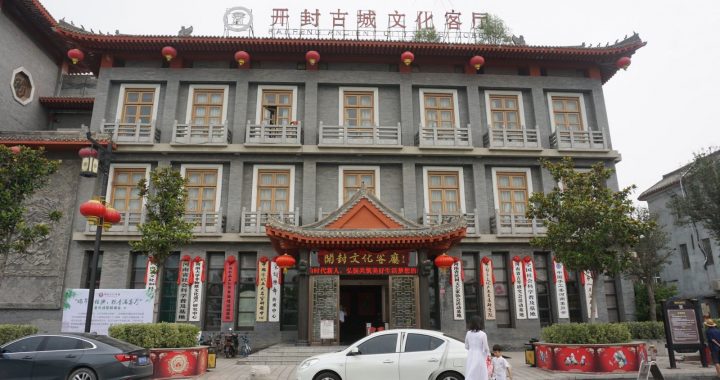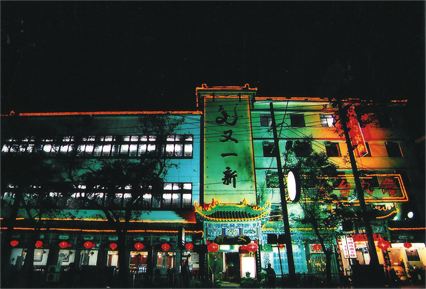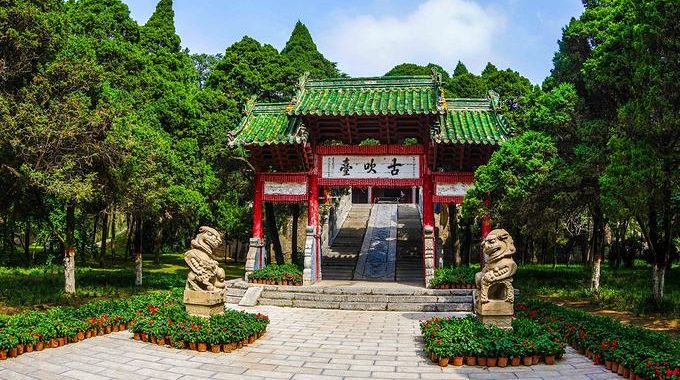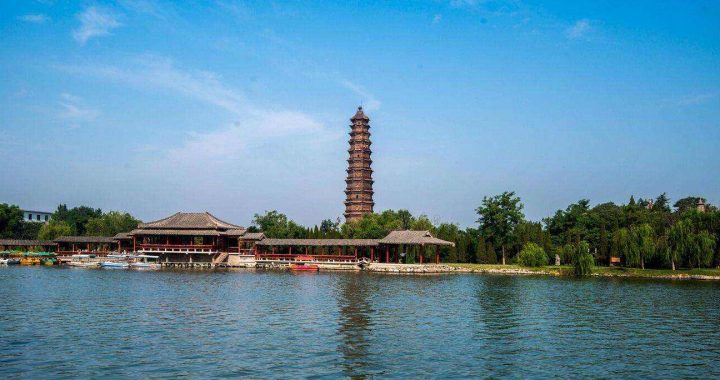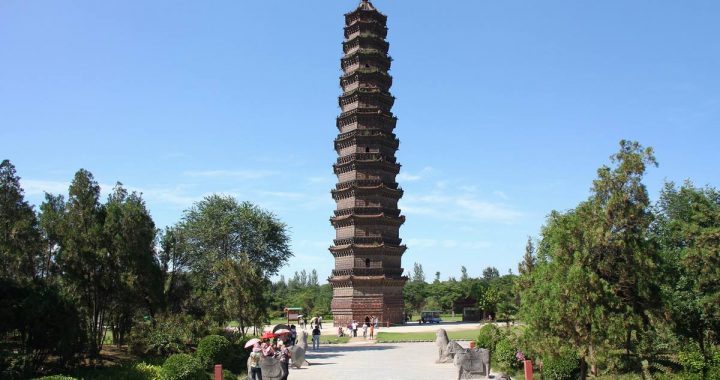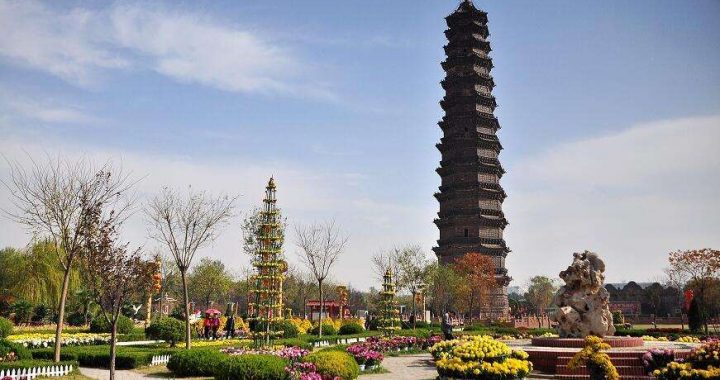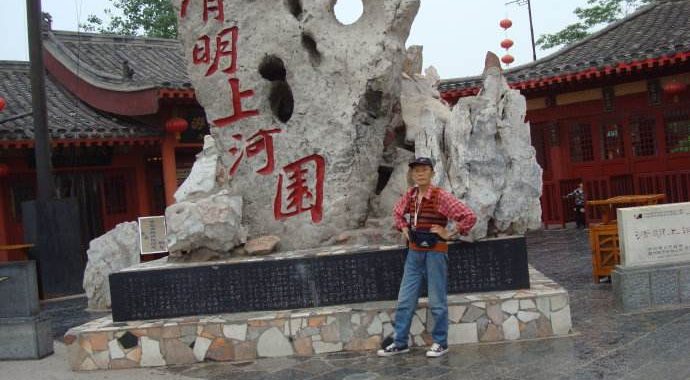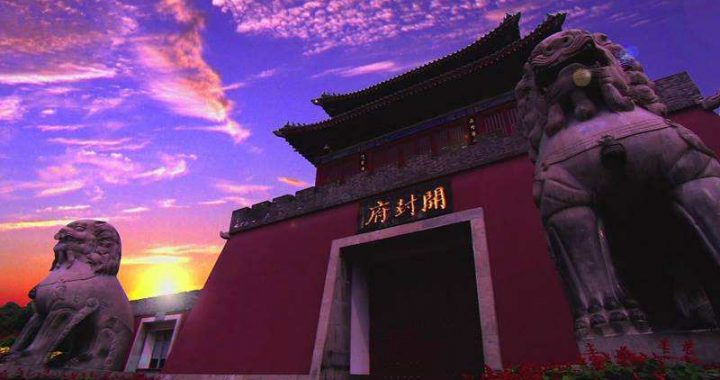Kaifeng,the Forgotten Capital
4 min readOn the southern bank of the Yellow River,the ancient city of Kaifeng has withstood natural disasters,invasions and time.
Replica Song dnasty buildings in aodern Raifeng.
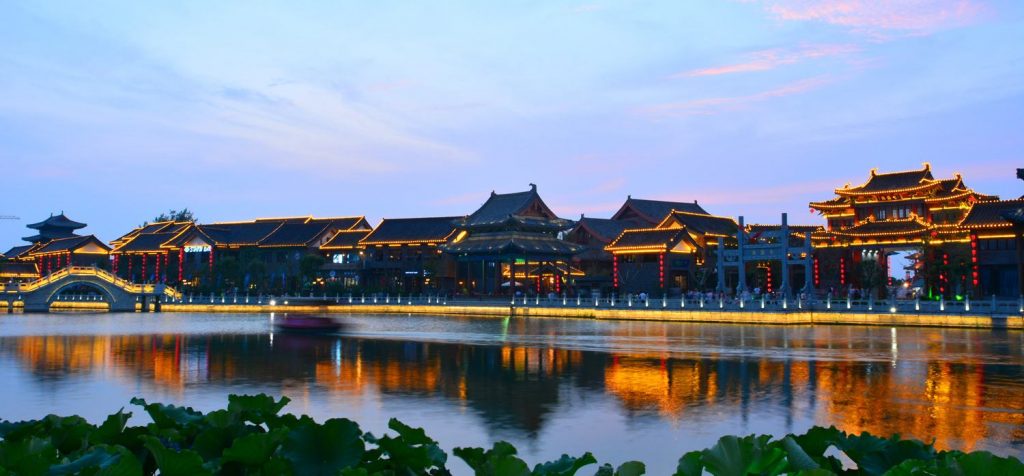
Since 361 BC Kaifeng’s city walls have shielded early kingdoms and dynasties from northern invaders.The city’s fortunes reached a zenith during the cosmopolitan Song dynasty-this period distinguished Kaifeng as one of China’s most historically important cities.
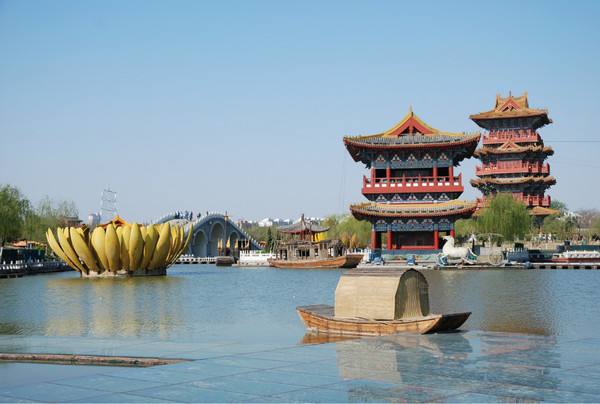
For 168 years,the Eastern Capital,as Kaifeng was then known,flourished as a political,economic and cultural hub of the Middle Kingdom.Its streets bustled with people,animals and lively commerce.Resplendent temples and even synagogues drew crowds of the faithful.Through its gilded city gates,camel caravans and Silk Road merchants sauntered in with bags full of goods.
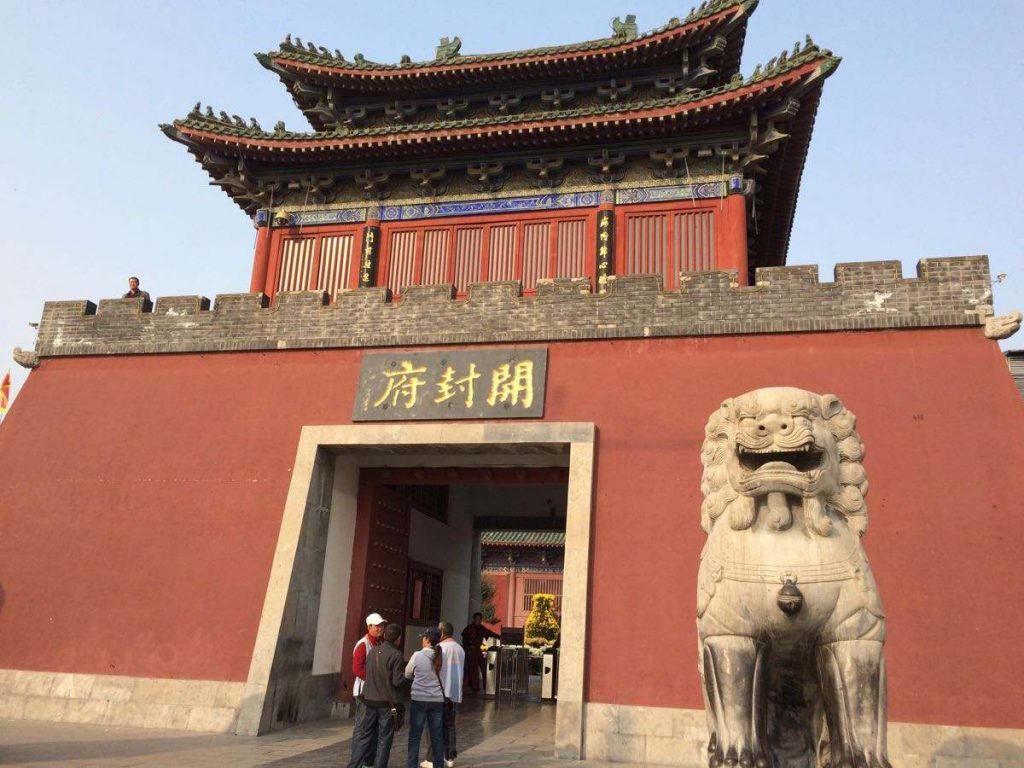
Culture blossomed through poetry,calligraphy,philosophy and the arts.Ceramic art reached its peak;no subsequent dynasty was able to replicate the exquisitely refined work of the Song ceramic masters.Today,only very few pieces of priceless porcelain from the famous Guan Kiln(guanyao)exist.
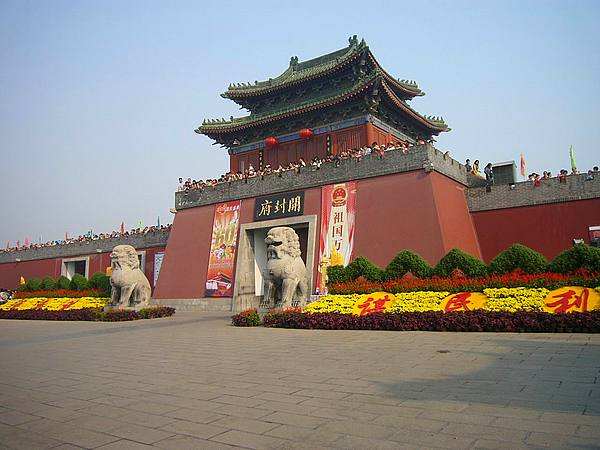
Kaifeng,home to 1.5 million people in its heyday,is a city of“firsts.”In 1041,printer Bi Sheng invented a revolutionary moveable type technology that accelerated the spread of ideas and culture throughout China.The first mechanical clock in the world was also produced here in 1092 and Kaifeng’s astronomical clock tower ran on hydropower generated by a gigantic water wheel.
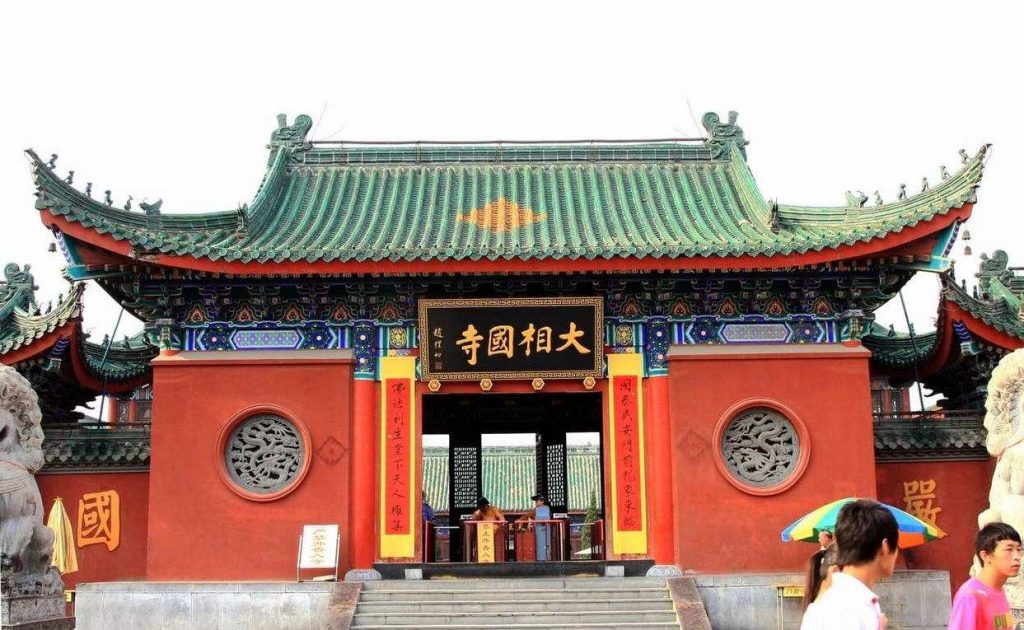
The renowned Northern Song statesman and scientist Shen Kuo also came from Kaifeng.His 30-volume work called Mengxi Bitan is a priceless record of the learning and cultivation of his era,covering politics,economics,philosophy,history,military affairs,science and technology.In one article,Shen Kuo wrote about petroleum,which he called shiyou(rock oil),a term still used today.He recorded the properties of petroleum,its sources and uses such as how petroleum ashes could be made into ink sticks.

Even more fascinating is that Kaifeng is the earliest Chinese city to be home to a sizeable Jewish community.The first Jews arrived at Kaifeng having traveled the arduous Silk Road from Persia.Their first synagogue was built as far back as 1163,but never rebuilt after the flood of 1852.Three stone tablets in Kaifeng Museum(kaifeng bowigudn)record their arrival.
Kaifeng’s golden days are etched onto a 17.3-foot-long(5.28 m)long masterpiece called The Riverside Scene in Pure Brightness(qingming shanghetu).This valuable scroll painting was the handiwork of artist Zhang Zeduan of the Northern Song dynasty,depicts Kaifeng in amazing detail,offering an insight into the social milieu of the day-one can see the goods on sale along the market streets,the gentleman scholar interacting with his servants.It now rests with other national relics in the Palace Museum of Beijing’s Forbidden City(gugong bowiyudn).
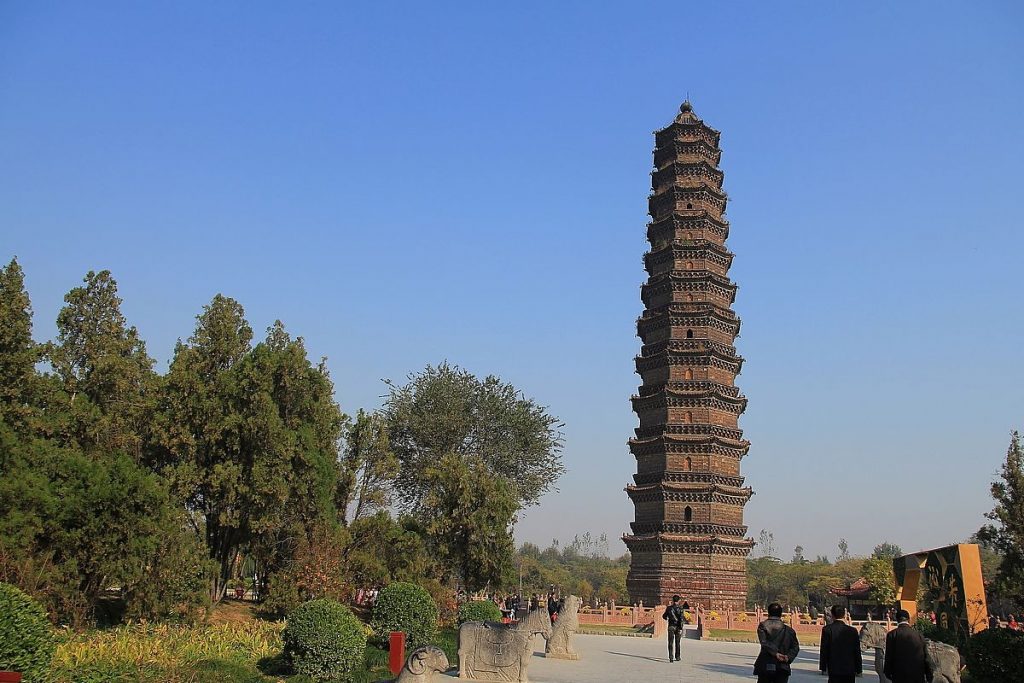
For 3,000 years,the city endured various manmade and natural disasters.It was subjected to incursions from the north and relentless flooding by the Yellow River-a catastrophic combination that has left precious few reminders of its forgotten splendor.
Yet modern Kaifeng retains a character and sleepy charm lost to other ancient capitals touched by modernity.Song dynasty architecture,for one,still lives on in pockets of Kaifeng.

Archers’towers and watch stations have long vanished from the city fortifications but the city walls remain.They run for 8.9 miles(14.4 km)and are 23 feet(7 m)thick at the base tapering to 16.4 feet(5 m)at the top and rise an impressive 26.2 feet(8 m)high.
Forget high-rise buildings,fancy hotels and shopping malls-the tallest structure here is the Iron Pagoda(tieto),180 feet(55 m)high and located northeast of the city at Beimen Da Jie-a slender 13-story octagonal temple with its current incarnation built in 1049.
Constructed in brick,the pagoda is wrapped in glazed tiles that give off a metallic gleam.Observe the tiles closely and you might catch a glimpse of celestial beings,dragons,Chinese unicorns(qilin),lions and lotuses.RMB 20 entrance fee aside,you’11 have to cough up another few yuan to get a bird’s-eye view of the city from the top of the pagoda.If you look to the west,there’s a tiny pavilion housing a 16.9-foot-tall(5.14 m)tall bronze Buddha from the Song dynasty.

In the city center is the Xiangguo Temple(xiangguosi).Built in AD 555,it was the foremost Buddhist center and commercial hub of the city during the Song dynasty.
Underlining Kaifeng’s vulnerability to floods,it was destroyed several times and last restored in 1766.The temple was given its name in AD 712 by the Tang emperor to commemorate his ascension to the Dragon’s Throne.Head for the Octagonal Ceramic Palace(ba jiao liulidian),which houses a statue of the Buddhist Goddess of Mercy(guanyin).The 19.7-foot-tall(6 m)tall idol,with four faces and 1,000 arms and eyes,was carved from a single gingko tree.
The xiangguo Temple is lit up majestically at niht.(xiongguo si)

About a miles(1.5 km)north of the Xiangguo Temple stands the Dragon Pavilion(longting)in Dragon Pavilion Park(longting gongyuan).At this site once stood the ruins of Song,Jin and Ming buildings.In 1642 a catastrophic wiped out the Ming structures that once stood in the park.Dragon motifs are everywhere-on the staircase and the stone bench inside the pavilion.The park overlooks two lakes and the view the surrounding landscape from the top of the pavilion is extremely pretty.
Kaifeng was a bustling trade center during the lNorthern Song dynasty.
